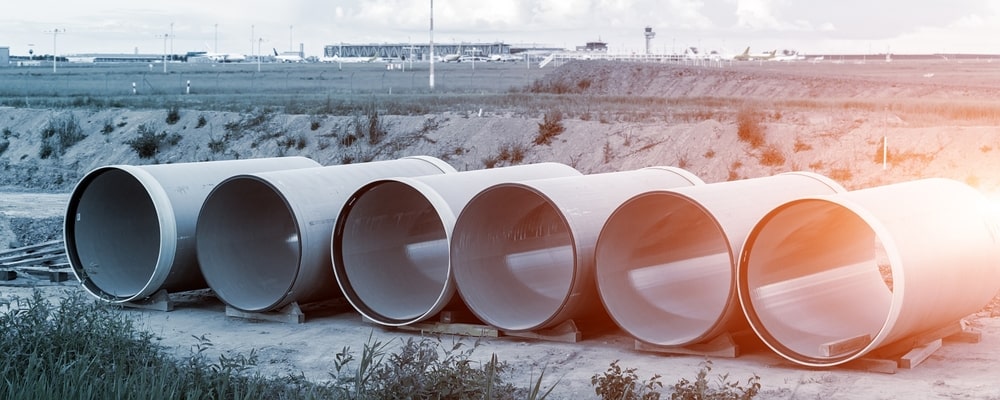
How FRP/GRP is Revolutionizing Industrial Structures
In recent years, Fibre Reinforced Plastics (FRP) and Glass Reinforced Plastics (GRP), collectively known as Fibre Reinforced Composites (FRC), have emerged as game-changers in the construction and industrial sectors. These materials, known for their incredible strength, flexibility, and durability, are transforming how we design and build industrial structures, providing solutions that traditional materials like steel and concrete cannot. Middle East FiberGlass Industries has been at the forefront of this transformation, leveraging the versatility of FRP/GRP to create innovative, long-lasting products for a variety of industrial applications.
What is FRP/GRP?
FRP/GRP refers to a composite material made of a polymer matrix reinforced with fibres, such as glass, carbon, or aramid. The polymer matrix, usually made from polyester, epoxy, or vinyl ester, binds the fibres together, providing a strong, flexible, and durable product.
These composites are ideal for industrial structures because of their unique properties, which include:
- High Strength-to-Weight Ratio: FRP/GRP offers superior strength while remaining lightweight, making it easier to transport and install.
- Corrosion Resistance: Unlike metals, FRP/GRP does not corrode, making it ideal for harsh environments such as chemical plants, wastewater treatment facilities, and marine applications.
- Durability: The material can withstand extreme weather conditions and heavy usage, providing long-lasting performance.
- Low Maintenance: Once installed, FRP/GRP structures require little maintenance, reducing long-term operational costs.
Revolutionizing Industrial Structures
FRP/GRP materials are revolutionizing how industrial structures are designed and built by offering a combination of strength, durability, and flexibility that is unmatched by traditional materials.
1. Enhanced Structural Integrity
One of the key benefits of FRP/GRP in industrial applications is the enhanced structural integrity it provides. Industrial structures are often exposed to harsh chemicals, extreme temperatures, and high humidity levels that can weaken traditional materials such as steel and concrete. FRP/GRP, however, is highly resistant to corrosion and chemical attacks, ensuring that the structural integrity of industrial buildings and facilities remains intact even in the most demanding environments.
This makes FRP/GRP ideal for industries such as:
- Chemical Processing: Tanks, pipes, and ducts made from FRP/GRP can withstand corrosive chemicals, protecting both the structure and the environment.
- Wastewater Treatment: FRP/GRP is commonly used in wastewater treatment facilities where exposure to corrosive substances like chlorine and sulfur is frequent.
- Marine and Offshore: Industrial structures exposed to seawater, such as docks, jetties, and offshore platforms, benefit from FRP/GRP’s excellent corrosion resistance.
2. Lightweight and Easy to Install
FRP/GRP composites have a high strength-to-weight ratio, making them much lighter than steel or concrete. This not only makes them easier to transport but also significantly reduces the time and cost associated with installation.
3. Corrosion Resistance for Longevity
In industries where corrosion is a major concern, FRP/GRP has proven to be a superior alternative to traditional materials. Unlike steel, which is susceptible to rust and corrosion in humid or salty environments, FRP/GRP remains unaffected, maintaining its strength and appearance over time.
Middle East FiberGlass Industries is proud to be at the forefront of this revolution, providing solutions that are changing the way industrial structures are built and maintained.

